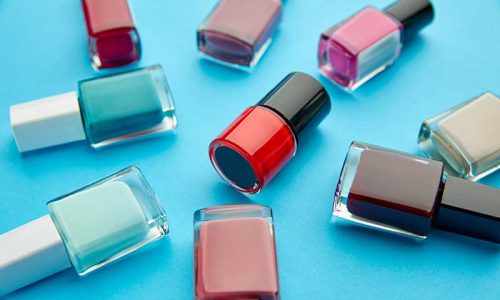
Is Your Chewing Gum Made Of Plastic?
- The Healthy Allure
- February 25, 2022
- Health
Short Answer:
To simply answer your question, chewing gum contains plastic particles. Gum’s chewiness is caused by an ingredient known as “gum base,” which is often included in gum formulations. Many individuals have traditionally utilized gum as a form of oral fixation. Mastiche, an ancient Greek resin consumed, was produced from the mastic tree.
Because of the development of shampoo bars, refilling beauty stores, and metal straws, it is now simpler to get into our ordinary plastic. Did you know, though, that if you chew gum, you may be contributing more to plastic waste than you realize?
Nuud inventor Keir Carnie stated on BBC Dragon’s Den in July 2012 that chewing rubber includes polyethene, a kind of plastic found in container bags and boxes, and can release harmful chemicals into the body. The dragons avoided baiting the region out of concern that large companies would become plastic-free, therefore eliminating Nuud’s market niche. It requested a £50,000 investment. Keir had the last laugh despite the fact that Waitrose, Nisa, and Costcutter all sell Nuud plastic-free chewing gum for £1.50.
To make the gum chewier, plastic is put into it. According to Keir, the term “gum base” occurs in the list of components. He claims that normal chewing gum has the same amount of plastic as a plastic straw.
According to a research conducted by a pollution prevention group, 8 out of 10 of us have witnessed the emergence of plastic-free chewing gum. It is made of chicle, which was obtained from early chewing gums, rather than polyethene. The chewing gum is not only tasty, but it is also biodegradable.
Chewing gum, according to dentists, is healthier for teeth than long-term alternatives to gum abstinence. ‘Chowing gum produces saliva, which contains mineral salts that heal the teeth,’ explains Dr. Uchenna Okoye of London Smile Dental Practice. Xylitol, a sweetener often present in gum, has been proven to neutralize the acid responsible for plaque formation and, as a result, decrease tooth decay. To minimize stressing your jaw muscles, Uchenna recommends simply chewing until the flavor is entirely gone.
Deborah Meaden, a Dragon’s Den investor, predicted that major businesses will soon embrace plastic-free chewing gum. In the near future, this brand of gum is expected to become the standard. Wrigley’s choice of cardboard sleeves over foil sleeves is intriguing because cardboard is widely utilized in recyclable and biodegradable packaging.
We compared chewing plastic-free gum to conventional gum. It was hard to distinguish these items from the rest of the store’s inventory.
According to a study commissioned by Iceland, 85 percent of individuals are unaware that chewing gum contains plastic. It has been discovered that the plastic used in chewing gum has severe environmental consequences. According to a Metro story, microplastics detected in an old piece of gum left on the street can wind up in storm drains and eventually the ocean. According to the BBC, chewing gum litter was such an issue in Singapore that the government decided to outlaw it in 1992.
Many individuals have traditionally utilized gum as a form of oral fixation. Mastiche, an ancient Greek resin consumed, was produced from the mastic tree. According to The Ecologist, after WWII, scientists developed synthetic rubber to replace natural rubber in chewing gum.
Every year, $374 billion of gum is produced for a market worth an estimated $5 billion. There are eco-friendly alternatives for gum lovers who don’t want to eat plastic.
Plastic-free packaging is available from Glee Gum, Simply Gum, and The Humble Co. for gum chewers looking for an environmentally friendly choice.






